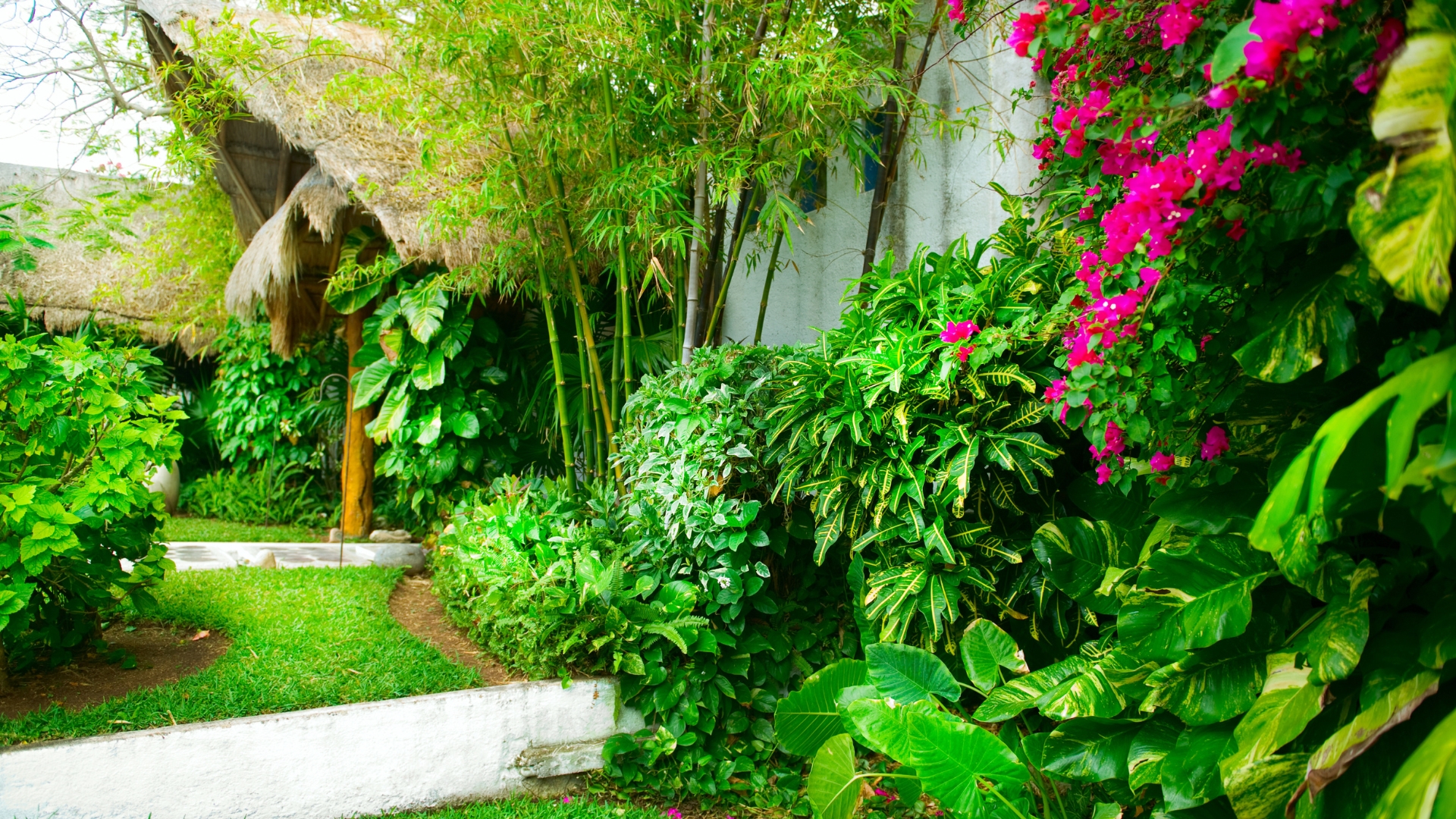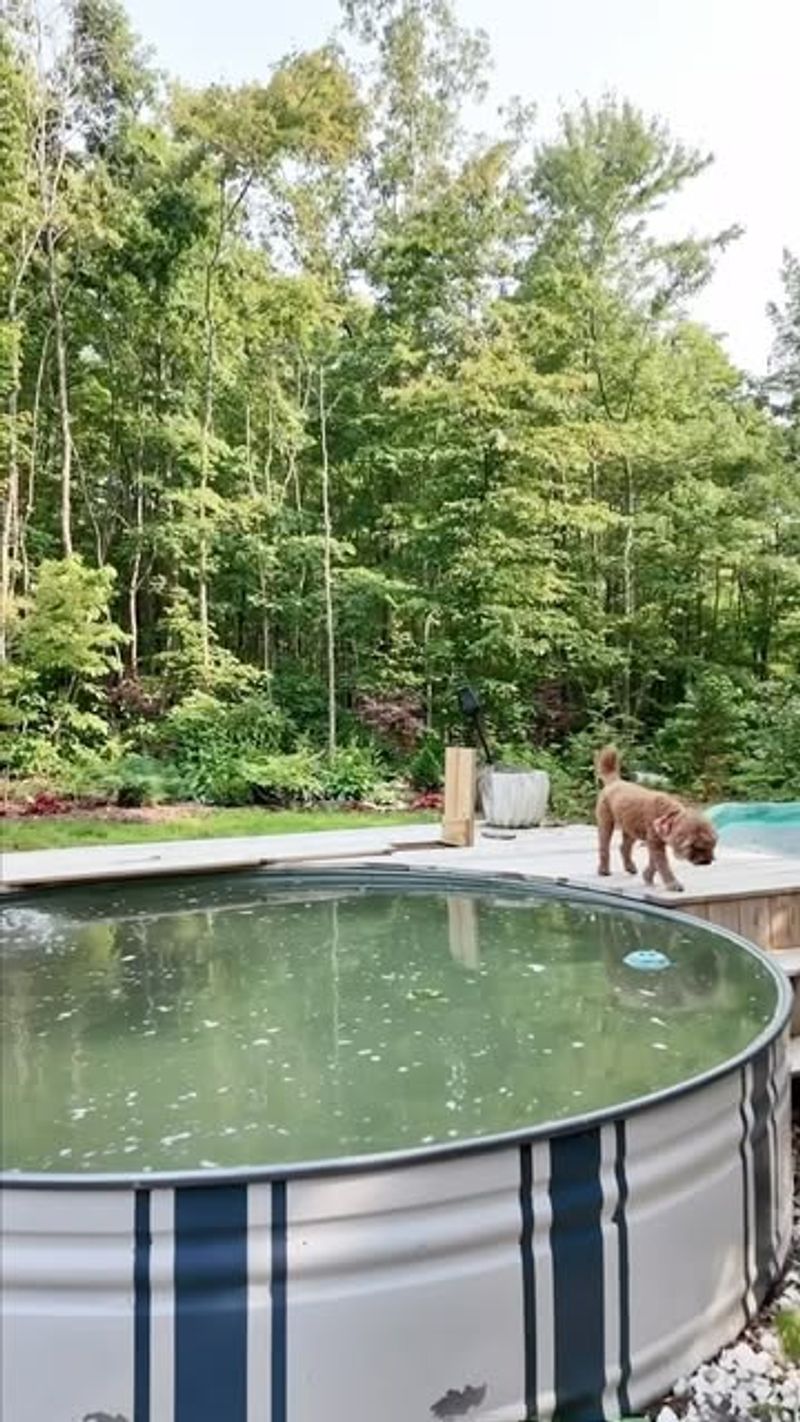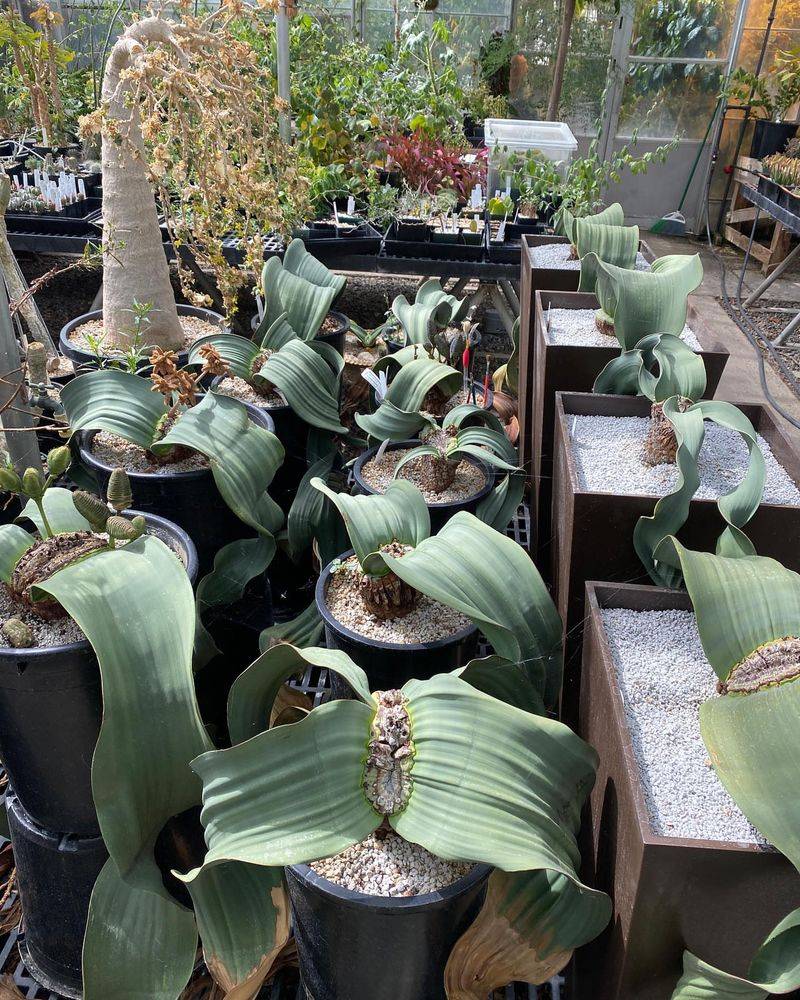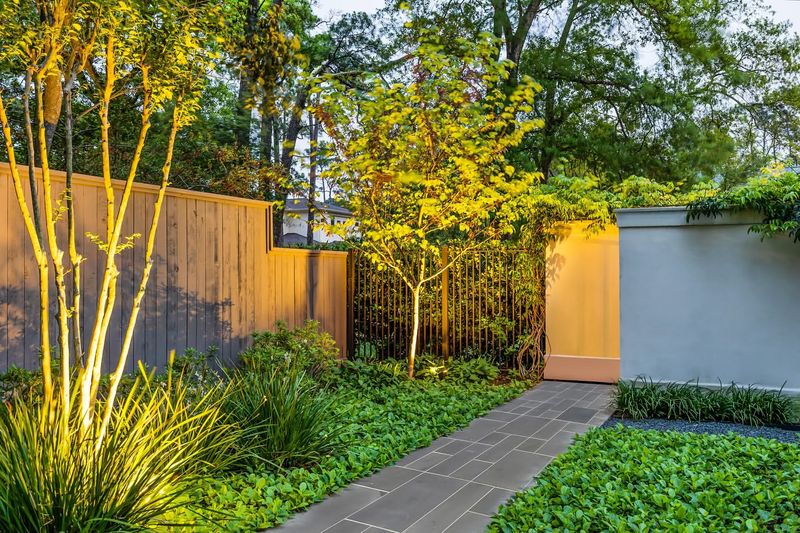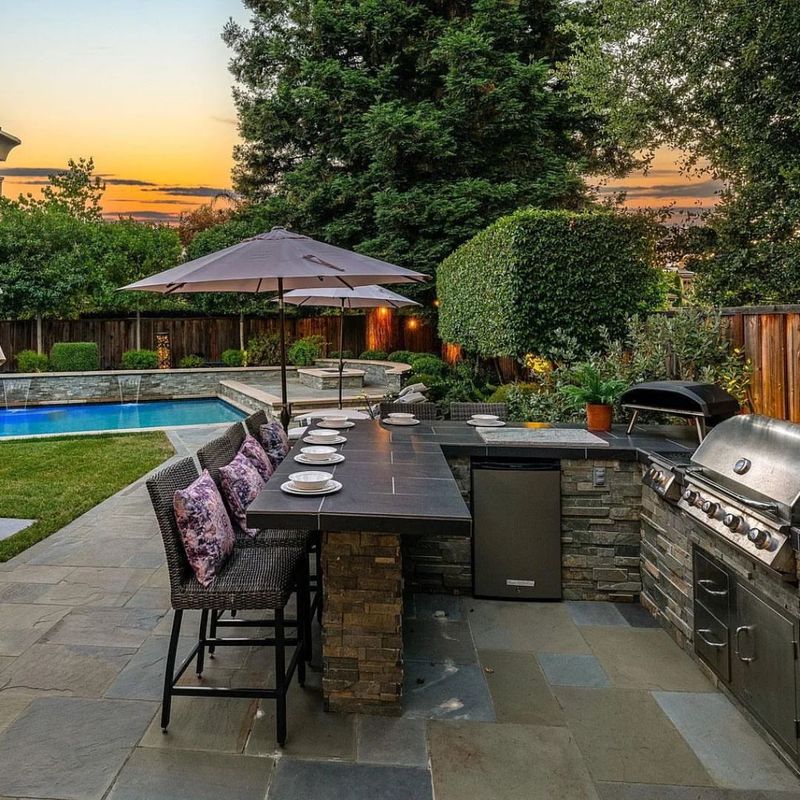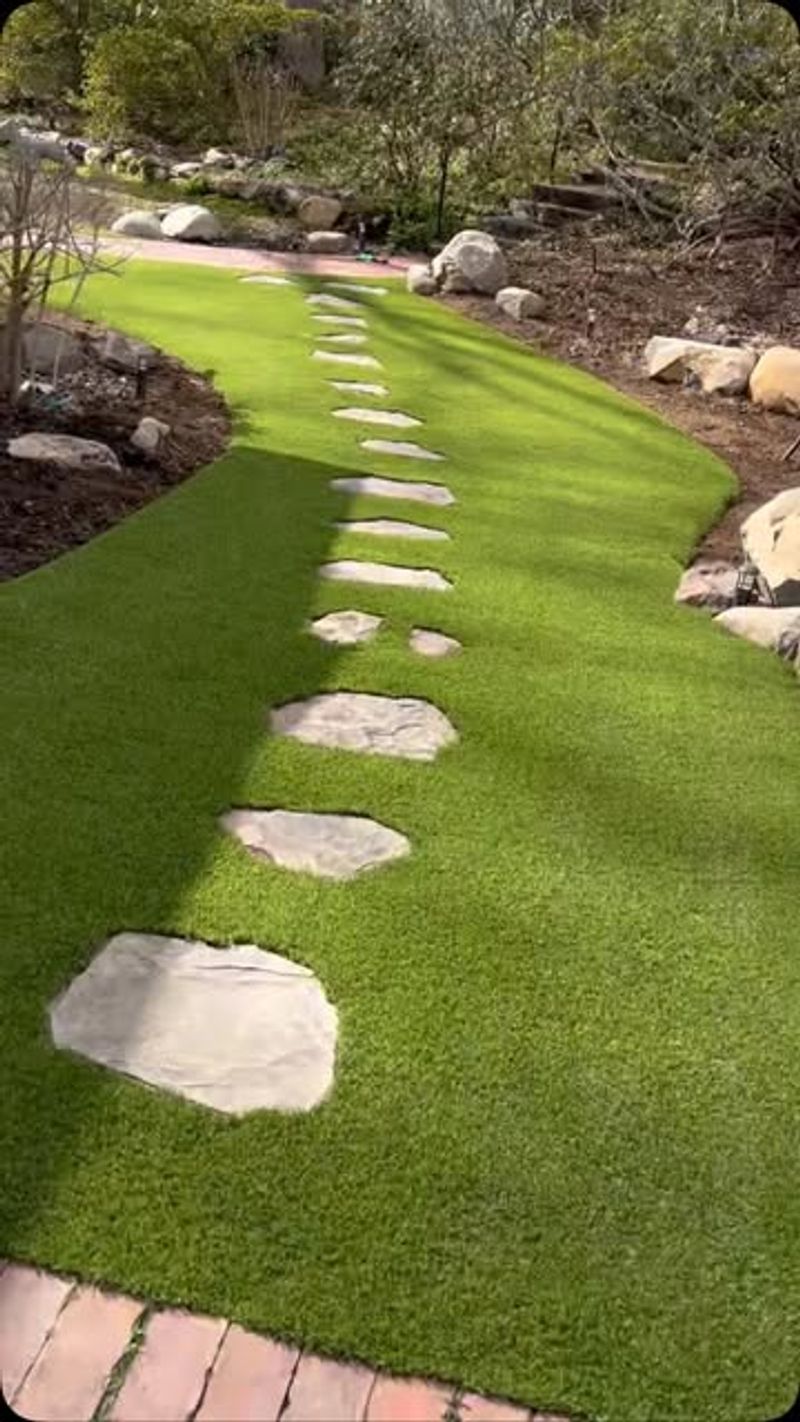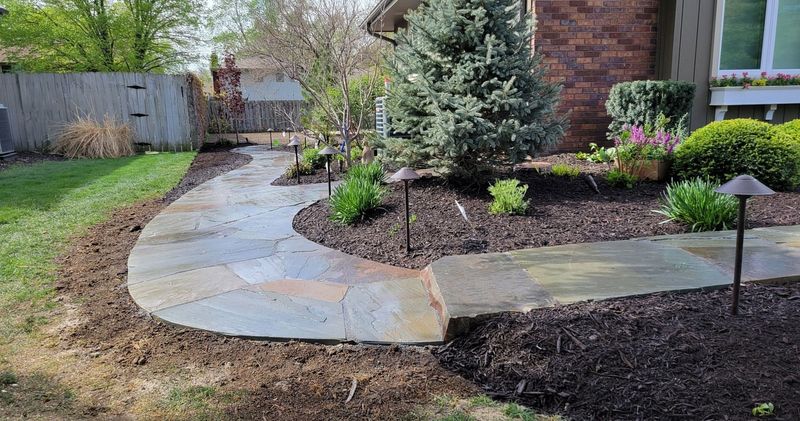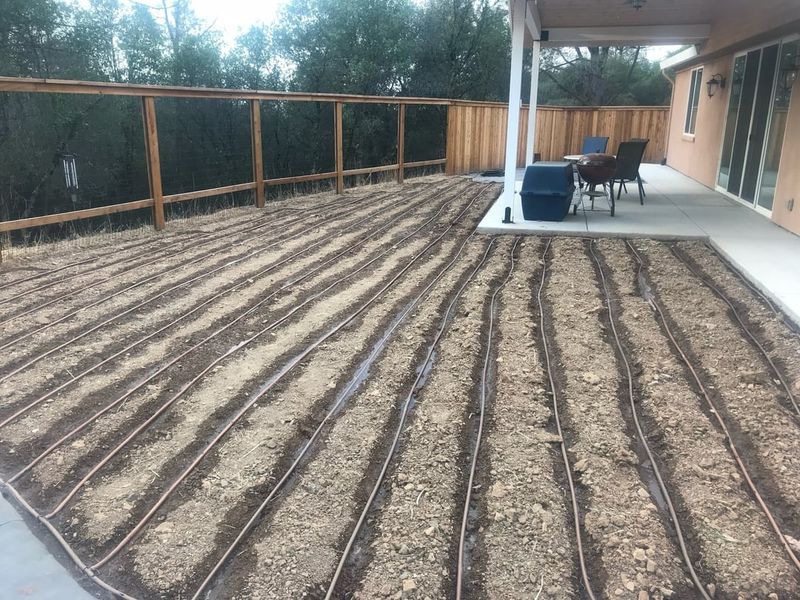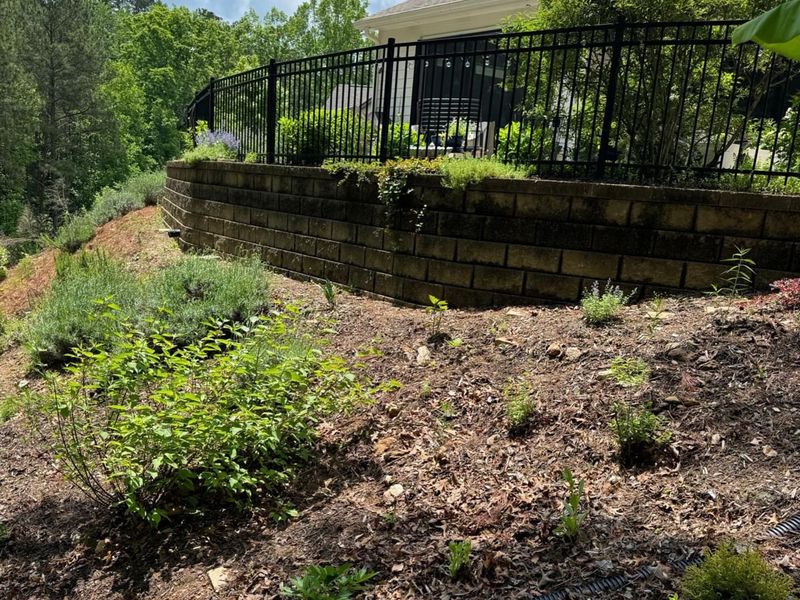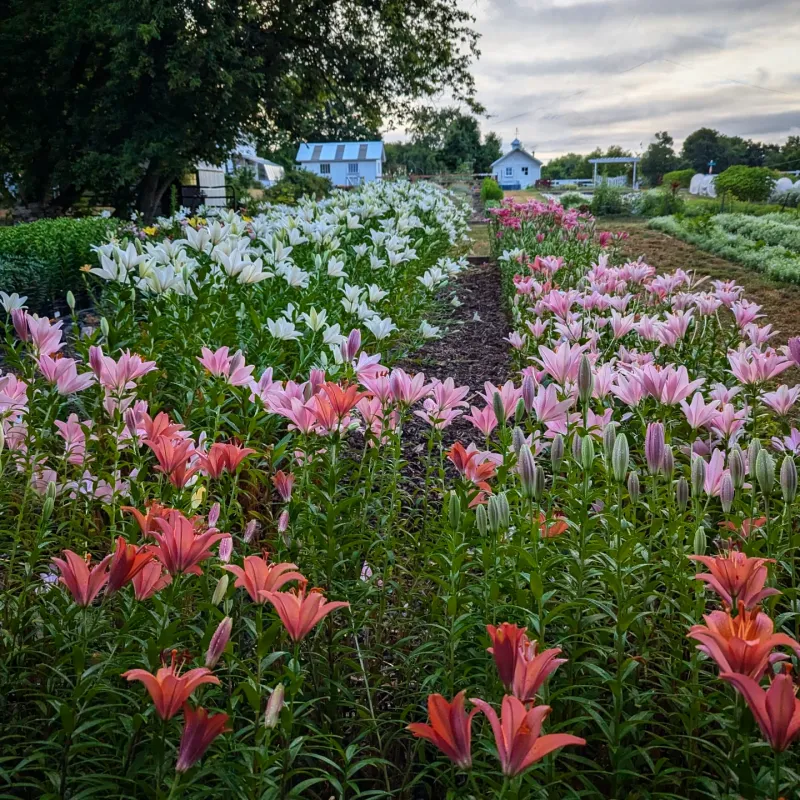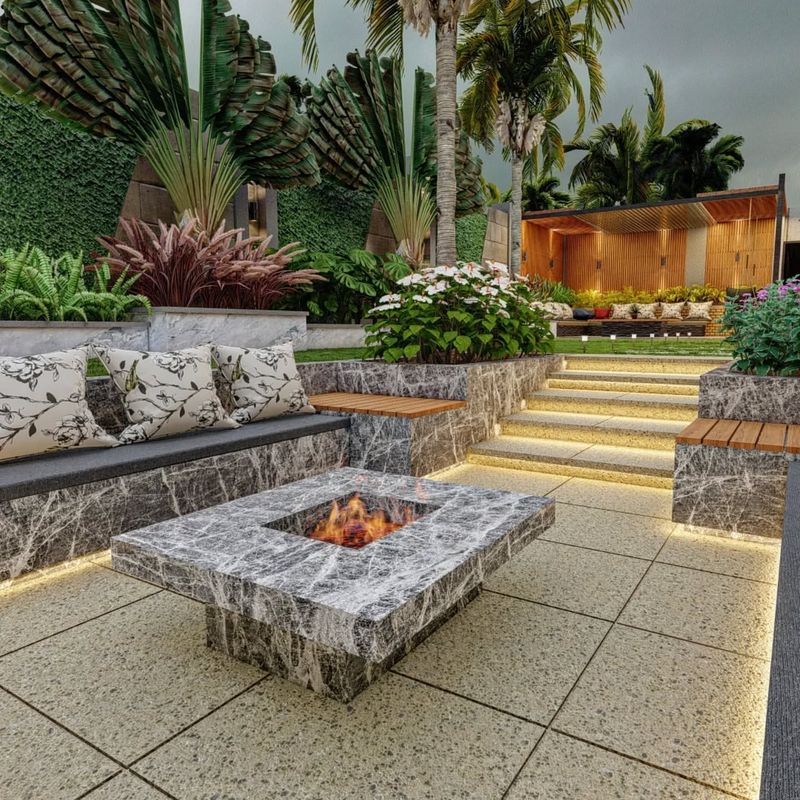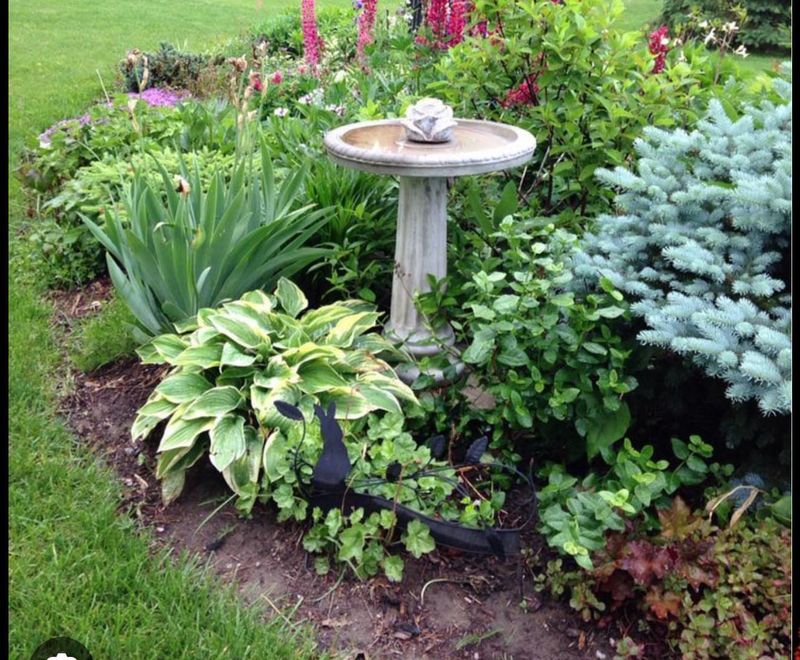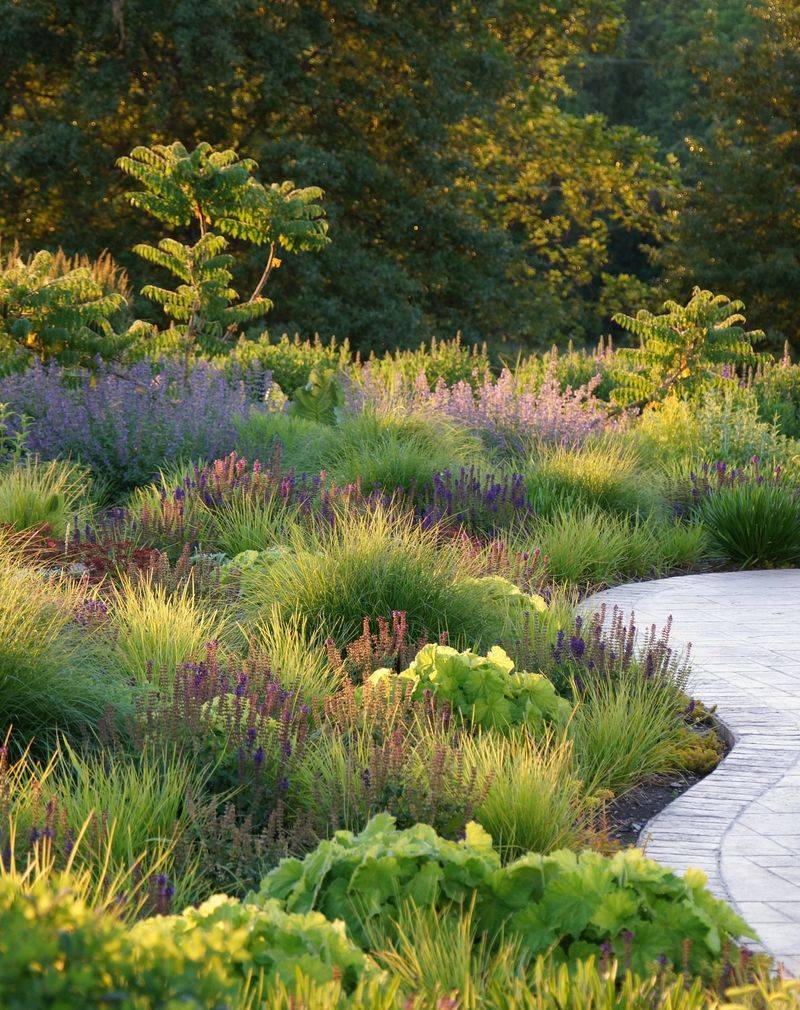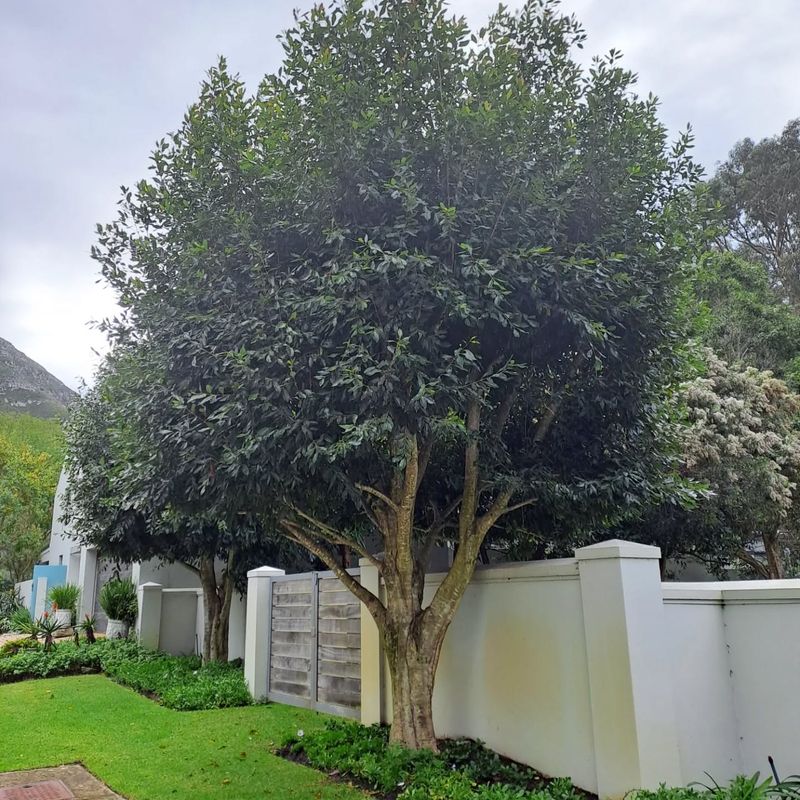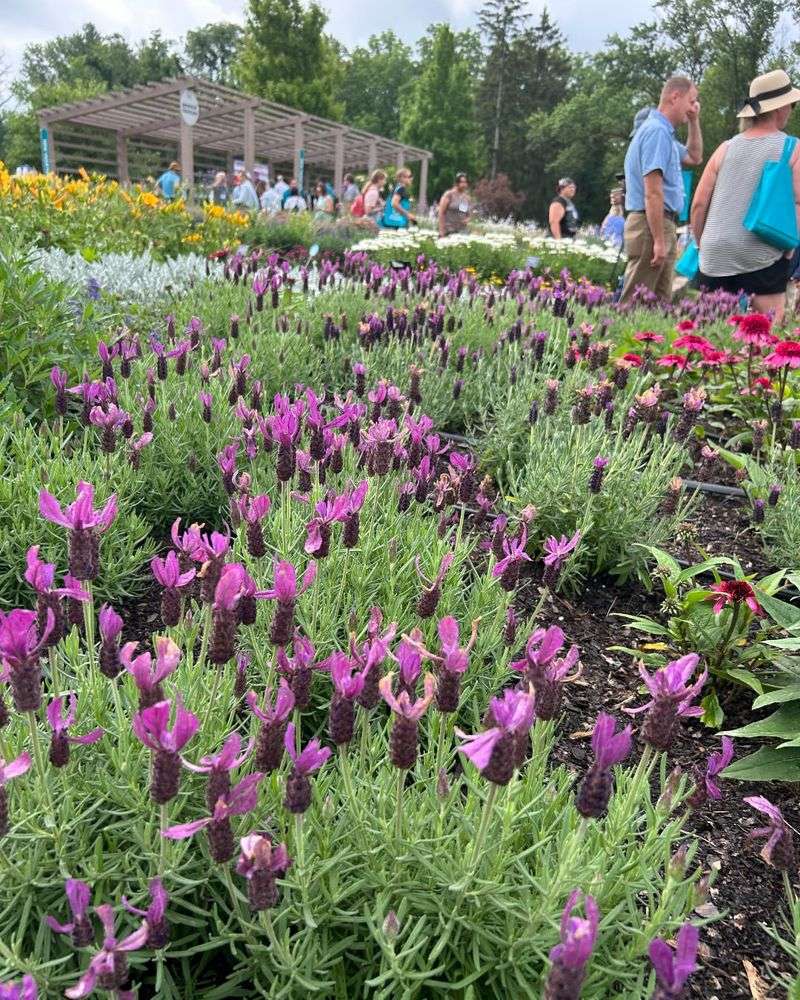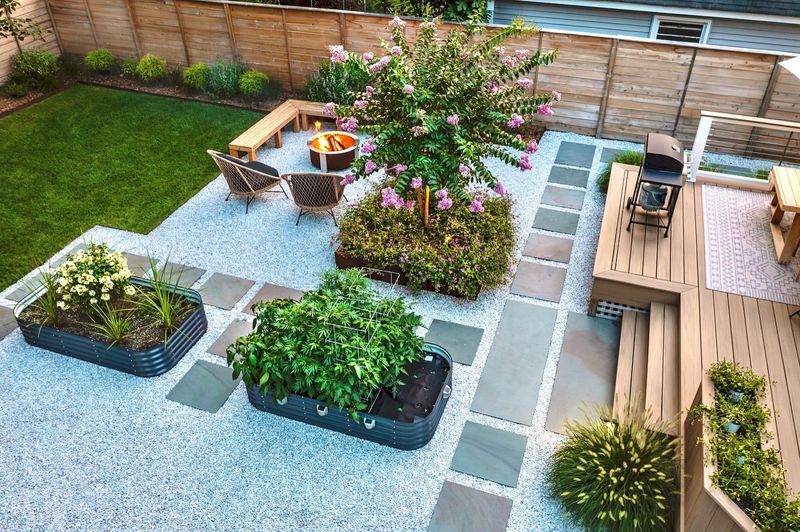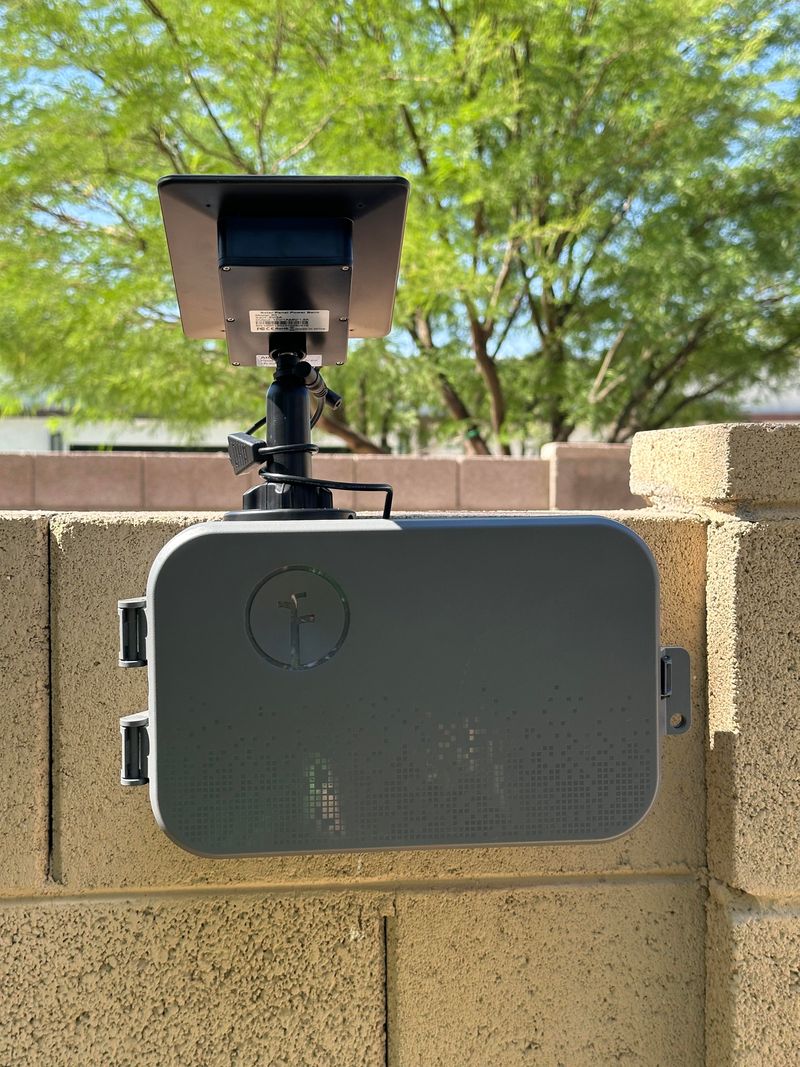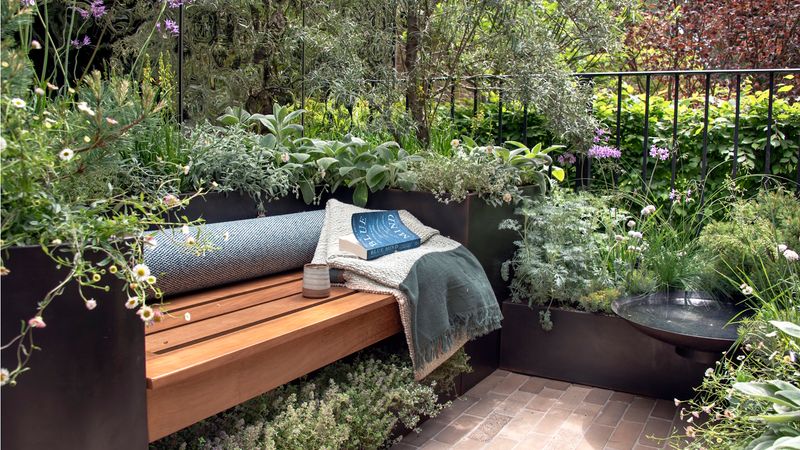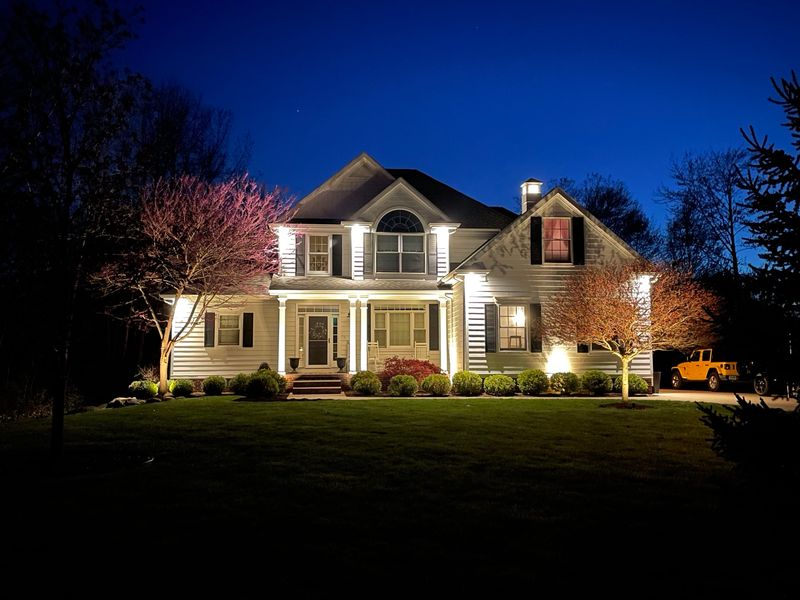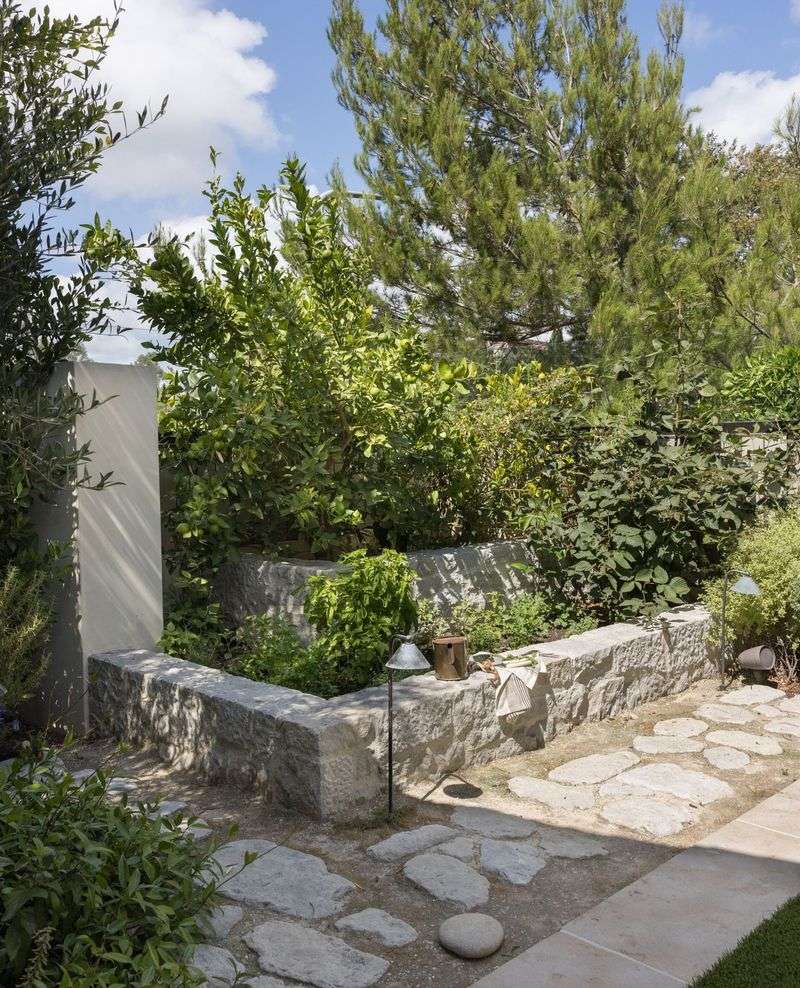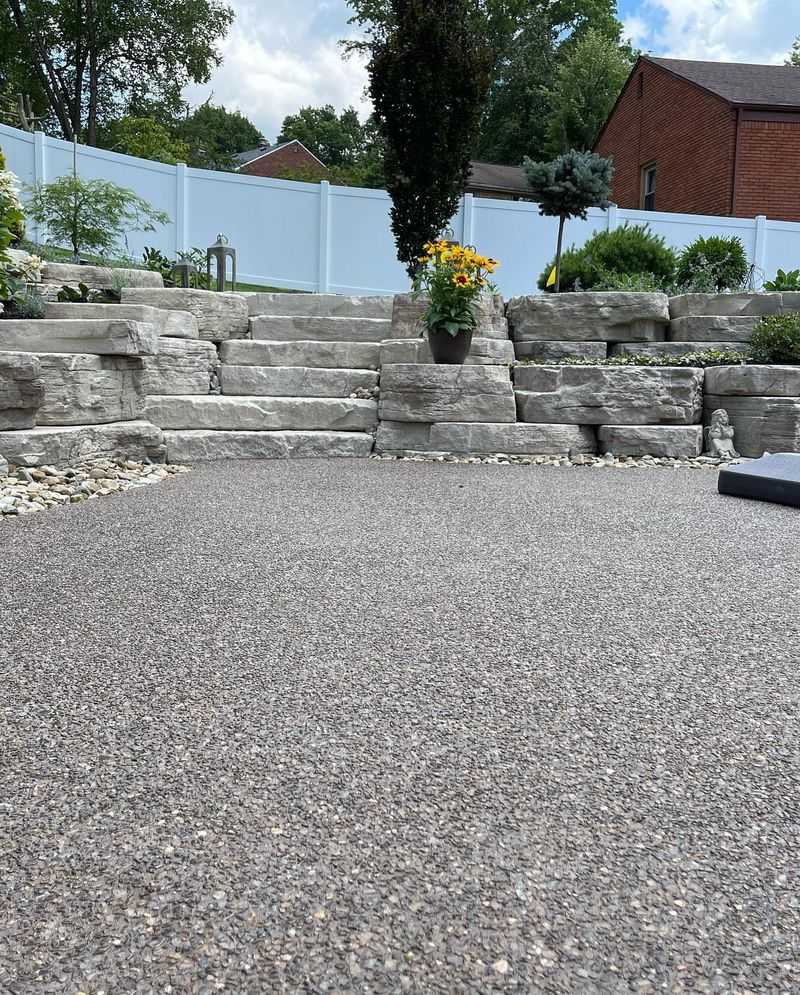Looking to spruce up your yard? Not all landscaping projects are created equal when it comes to return on investment. Some outdoor improvements can drain your wallet without adding much property value, while others can significantly boost your home’s appeal and worth.
Real estate professionals have clear opinions about which landscaping efforts are worth your time and money.
1. Money-Waster: Elaborate Water Features
Those dramatic fountains and koi ponds might seem like luxury additions, but real estate pros consistently warn against them. Potential buyers often see them as maintenance headaches rather than desirable features.
Many water features require constant upkeep, electricity, and seasonal care that can cost hundreds yearly. Plus, families with young children might consider them safety hazards.
If you’re set on water elements, consider simple, low-maintenance options instead of complex systems that will drain your wallet long after installation.
2. Money-Waster: Exotic Non-Native Plants
Filling your garden with exotic plants from distant climates might satisfy your inner plant collector, but it rarely pays off financially. These botanical novelties typically require specialized care, extra water, and protection from local weather extremes.
When you eventually sell, most buyers won’t appreciate—or want to maintain—plants that fight against the local ecosystem. Some may even die before you list your home.
Native plants adapted to your region offer better curb appeal while requiring significantly less maintenance and resources.
3. Money-Waster: Over-the-Top Lighting Systems
Complex landscape lighting systems with dozens of fixtures and programmable effects might look impressive during installation demos. Reality sets in when you face high electricity bills and frequent bulb replacements.
Many homeowners abandon elaborate lighting maintenance within a year. Broken fixtures scattered throughout a yard signal neglect rather than luxury to potential buyers.
Strategic lighting at key points—entry paths, front door, and perhaps one focal tree—provides safety and ambiance without the excessive costs of illuminating every plant and corner.
4. Money-Waster: Ultra-High-End Outdoor Kitchens
Dream outdoor kitchens with pizza ovens, multiple grills, refrigerators, and elaborate countertops can easily cost $30,000 or more. The hard truth? You’ll recover less than half that investment in most housing markets.
Weather exposure means these installations deteriorate faster than indoor counterparts. Many components require winterization in colder climates, adding to maintenance costs.
Real estate agents report that while buyers appreciate basic outdoor cooking areas, they rarely value deluxe versions enough to pay significantly more for a home.
5. Money-Waster: Artificial Turf Throughout
While artificial grass might seem like a low-maintenance dream, covering large areas can cost $10-15 per square foot—far more than natural lawn alternatives. The environmental impact also raises concerns among increasingly eco-conscious buyers.
Summer heat can make artificial turf uncomfortably hot underfoot, sometimes reaching 150+ degrees. After about 8-10 years, it typically needs replacement as it degrades and compacts.
Real estate professionals note that many buyers actually prefer natural landscaping options, viewing large artificial turf installations as an expensive future replacement project.
6. Money-Waster: DIY Hardscaping Without Proper Preparation
Weekend warrior patio and walkway projects often look impressive immediately after completion. Unfortunately, without proper base preparation and drainage planning, they frequently fail within 1-2 seasons.
Uneven surfaces, cracked pavers, and weed-filled joints create hazards and eyesores. Potential buyers spot these amateur installations immediately and mentally add replacement costs to their offer calculations.
Professional hardscaping might cost more initially, but properly installed patios and walkways can last decades while maintaining their appeal and functionality.
7. Money-Waster: Overly Complex Irrigation Systems
Multi-zone irrigation with specialized heads for different plant types sounds efficient in theory. In practice, these systems often waste water through improper setup, leaks, and programming errors.
Complex systems require professional maintenance that can cost hundreds annually. When components inevitably break, finding and fixing problems becomes increasingly difficult.
Real estate professionals report that while basic irrigation adds value, elaborate systems with numerous zones and specialized features rarely recoup their installation and maintenance costs when selling.
8. Money-Waster: Massive Retaining Walls
Large retaining walls represent some of the most expensive hardscaping projects, often costing $15,000 to $50,000 or more. When not absolutely necessary for structural reasons, these massive installations rarely return their investment.
Beyond the initial expense, tall retaining walls can develop drainage issues that threaten their stability. Failed walls require costly engineering solutions that can exceed the original installation price.
If your property needs elevation changes, real estate pros recommend terracing with multiple smaller walls or using natural slopes with appropriate plantings whenever possible.
9. Money-Waster: Single-Season Annuals Everywhere
Filling beds exclusively with colorful annual flowers creates temporary beauty but permanent expense. These plants require replacement every season at $500-1,000 or more yearly for a modest-sized property.
The environmental impact is also significant, considering the plastic pots, transportation, and resources needed for continuous replanting. During selling seasons, empty or half-dead annual beds signal high maintenance to potential buyers.
Strategic use of perennials, flowering shrubs, and limited annual accents provides more sustainable color while dramatically reducing ongoing costs and maintenance requirements.
10. Money-Waster: Trendy Landscape Designs
Ultra-modern or highly stylized landscape designs might win magazine features but often age poorly. Remember the 1970s rock gardens or 1980s railway tie terraces? Today’s buyers view them as dated eyesores requiring expensive removal.
Extremely personalized landscapes limit buyer appeal by imposing specific aesthetic preferences. Real estate professionals consistently recommend classic, timeless designs that complement architectural styles.
Neutral, well-executed landscaping allows potential buyers to envision their own preferences rather than feeling obligated to maintain or replace someone else’s unique vision.
11. Money-Waster: Oversized Lawn Ornaments
Large decorative elements like life-sized animal statues, massive boulders, or elaborate lawn ornaments rarely add property value proportional to their cost. These personal expressions often limit rather than expand your potential buyer pool.
Moving or removing these heavy items during landscaping changes or when selling becomes an expensive proposition. Many buyers immediately factor removal costs into their offering price.
If you enjoy decorative elements, choose smaller, portable items that can move with you rather than permanent installations that might deter future buyers.
12. Value-Adder: Professional Landscape Design Plan
Investing $1,500-3,000 in a professional landscape design plan might seem expensive initially, but it prevents costly mistakes and ensures cohesive results. These plans consider soil conditions, drainage, sun exposure, and architectural compatibility.
Professional designers create phased implementation strategies allowing you to spread costs over time while working toward a unified vision. This approach prevents the disjointed appearance of piecemeal projects.
Even if you implement only portions of the plan, having the comprehensive design increases property value by demonstrating thoughtful planning and untapped potential to future buyers.
13. Value-Adder: Mature Trees Properly Placed
Strategic tree placement represents one of the highest-return landscaping investments available. Mature trees can increase property values by 3-5% according to multiple real estate studies.
Well-placed shade trees on the south and west sides can reduce cooling costs by 15-35%. Buyers immediately recognize and value the comfort, privacy, and character that established trees provide.
While instant-gratification 15-foot specimens cost $1,500+ each, even modest 8-foot trees will significantly mature during your ownership, providing growing value with minimal maintenance requirements.
14. Value-Adder: Low-Maintenance Native Landscaping
Gardens featuring native plants adapted to local conditions create instant appeal while promising lower maintenance requirements. These environmentally friendly installations typically require 50-75% less water than conventional landscapes.
Native plantings establish deeper root systems, reducing fertilizer needs and increasing drought resistance. Many regions offer incentives and rebates for native landscape installations, further improving your return on investment.
Real estate professionals report increasing buyer preference for sustainable, low-maintenance landscapes that support local wildlife while reducing weekend work requirements.
15. Value-Adder: Defined Outdoor Living Space
Creating a well-defined outdoor room with appropriate flooring, seating, and weather protection consistently ranks among the highest-return landscape investments. These spaces effectively increase usable square footage at a fraction of interior remodeling costs.
Simple pergolas, paver patios, and strategically placed plantings create outdoor destinations that buyers can immediately envision using. Real estate listings featuring defined outdoor living spaces typically sell faster and at higher prices.
Focus on quality flooring materials and proper installation rather than expensive furniture or accessories that won’t convey with the property.
16. Value-Adder: Smart Irrigation Controls
Replacing standard irrigation timers with smart controllers that adjust watering based on weather conditions typically costs $150-300 but saves thousands in water bills over time. These systems prevent overwatering while maintaining healthier landscapes.
Many municipalities offer rebates covering 50-100% of smart irrigation upgrades. The water conservation aspect appeals strongly to environmentally conscious buyers who recognize both the ethical and financial benefits.
Real estate professionals increasingly highlight these systems in listings as evidence of thoughtful property management and reduced operating costs.
17. Value-Adder: Privacy Landscaping
Strategic plantings that create natural privacy screens consistently rank among buyers’ most desired landscape features. Well-placed evergreen hedges, ornamental grasses, or mixed privacy borders define property lines while creating intimate outdoor spaces.
Unlike fences that may have height restrictions or maintenance issues, living privacy screens grow more valuable and effective over time. They also provide sound buffering, wind protection, and wildlife habitat.
Focus on appropriate species for your climate that won’t outgrow their space or require excessive maintenance to maintain their screening function.
18. Value-Adder: Landscape Lighting Fundamentals
Basic, well-executed landscape lighting focused on safety, security, and highlighting architectural features delivers exceptional return on investment. Just 8-10 quality fixtures strategically placed can transform a property’s nighttime appearance.
Modern LED systems use minimal electricity while providing years of maintenance-free operation. Solar pathway lights offer the simplest installation, though wired systems provide more consistent illumination.
Focus lighting on entry paths, front door, and perhaps one specimen tree or architectural feature rather than trying to illuminate everything, which creates light pollution and higher costs.
19. Value-Adder: Edible Landscaping Elements
Incorporating attractive fruit trees, berry bushes, and herb gardens into conventional landscapes adds both visual interest and practical value. These edible elements satisfy growing buyer interest in food security and sustainable living.
Mature fruit trees like apple, pear, or cherry can become property highlights that distinguish your home from others in the neighborhood. Even small herb gardens near kitchens or patios create appealing sensory experiences.
Focus on low-maintenance, attractive varieties that produce reliably in your climate without requiring specialized knowledge or excessive care.
20. Value-Adder: Quality Hardscape Materials
Investing in premium hardscape materials for walkways, patios, and retaining walls consistently delivers strong returns. Natural stone, high-quality pavers, and properly finished concrete create lasting impressions that distinguish properties from those with builder-grade materials.
The initial cost difference between basic and premium materials often represents just 15-30% of project cost, as installation labor remains similar. Yet the visual impact and durability difference can be dramatic.
Focus on timeless materials and classic patterns rather than trendy options that might look dated before you sell.

